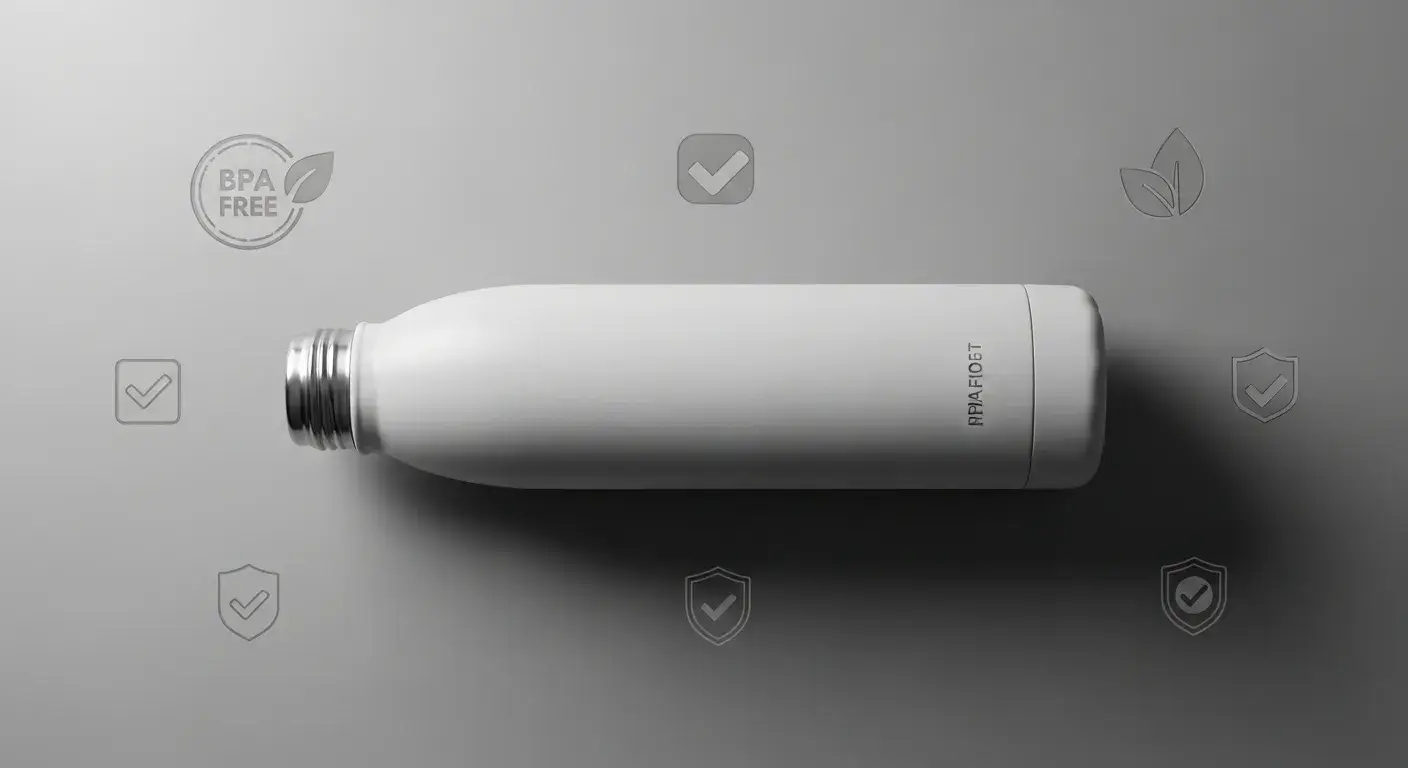
Worried about BPA in drinkware? Here’s the truth about stainless steel bottles and how to ensure your hydration habits are toxin-free.
Stainless steel is naturally BPA free because it’s a metal alloy, not a plastic. But bottle lids or linings may still contain BPA if not clearly labeled.
Read this guide to learn what BPA is, why it matters, and how to choose a truly safe water bottle.
What is BPA and why is it a concern?
You’ve probably seen "BPA-free" on packaging—but what does it really mean?
BPA (bisphenol A) is a chemical used in some plastics and epoxy linings. It can leach into drinks and disrupt hormone function, especially in children.
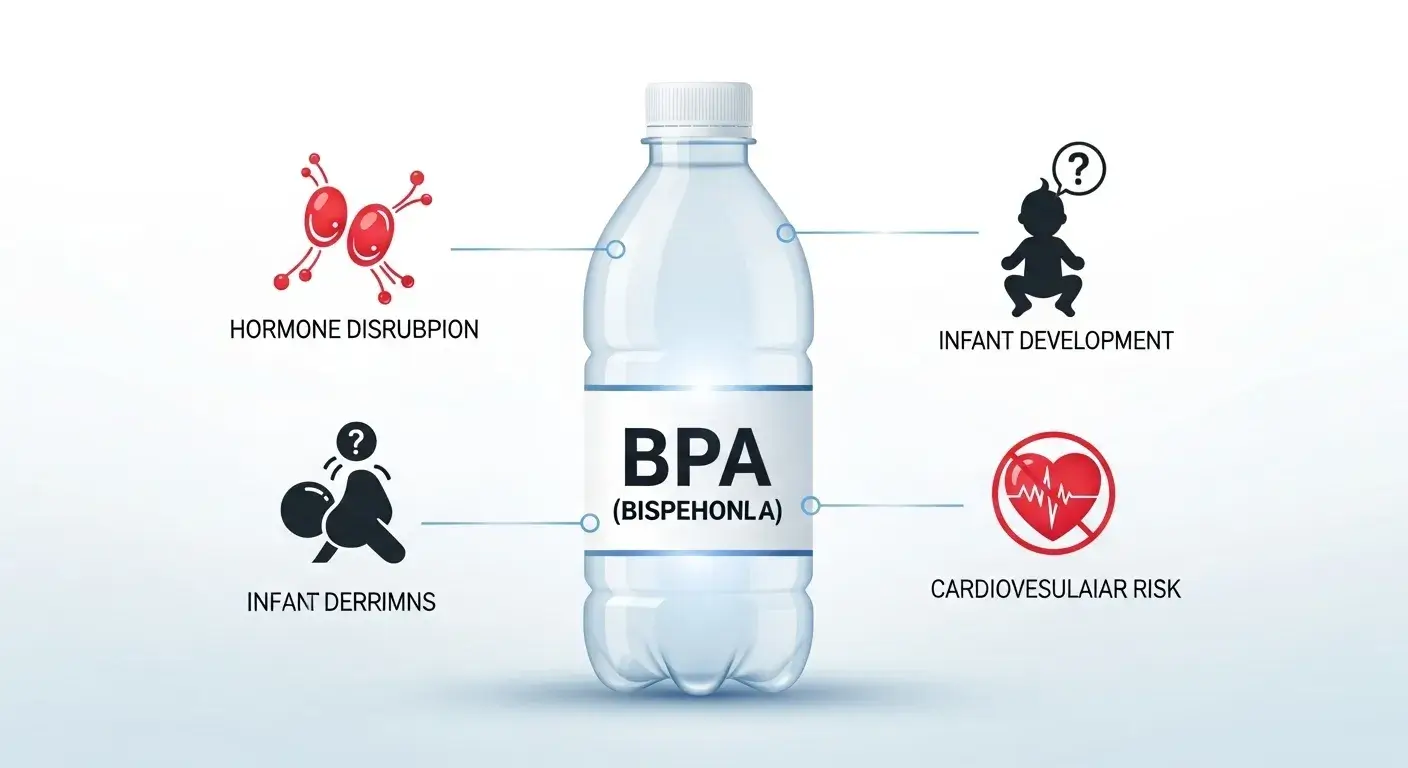
Health Risks of BPA
- Hormonal disruption
- Developmental issues in infants
- Increased blood pressure
- Possible links to diabetes and heart disease1
That's why it's important to avoid bottles with BPA—especially those made of or lined with plastic.
Does stainless steel contain BPA or similar chemicals?
Here’s the good news.
No. Stainless steel is an alloy of iron, chromium, and nickel. It contains no synthetic chemicals like BPA.
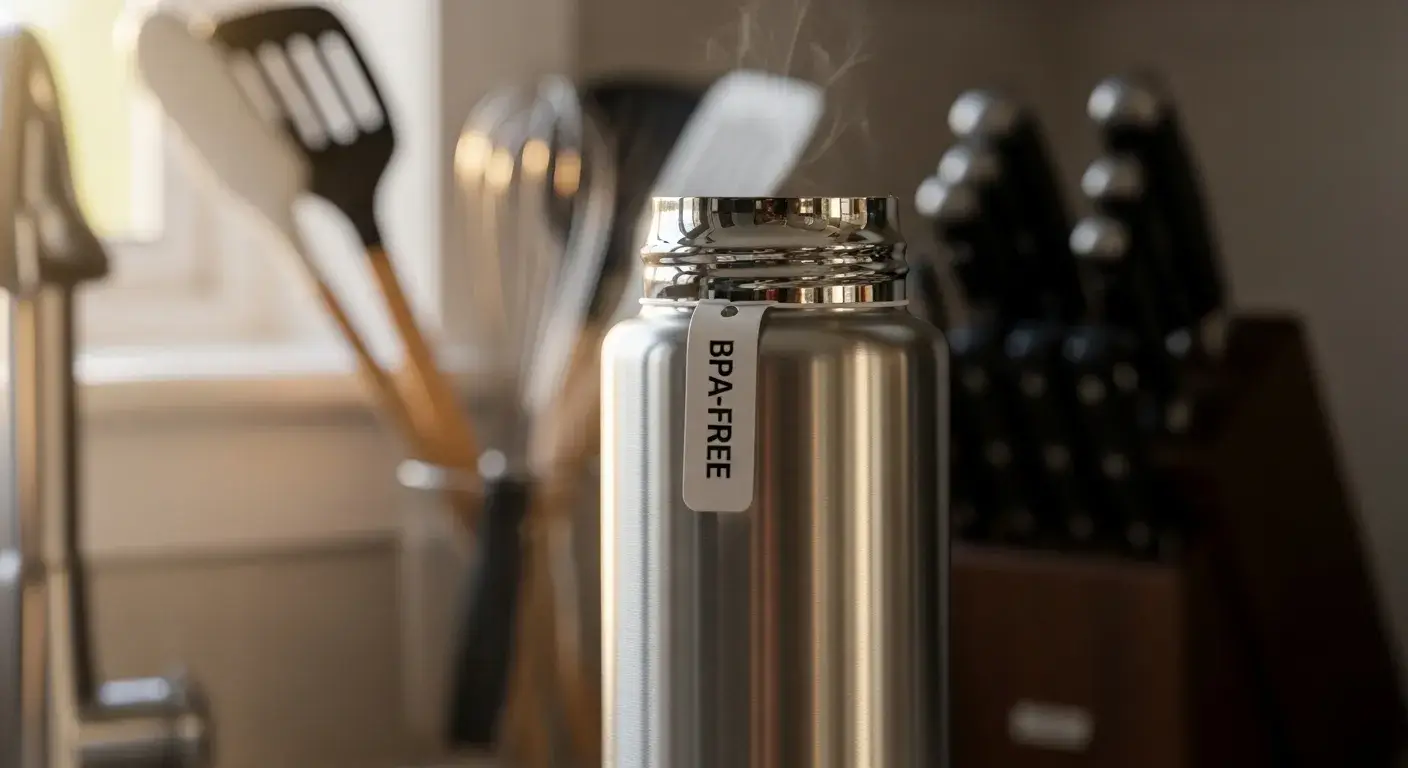
Food-grade stainless steel2, especially 18/8 (304), is used in cookware, utensils, and drinkware for this reason—it’s safe and stable even under heat.
Are all stainless steel water bottles inherently BPA free?
Not always—not fully.
The steel itself is BPA free, but plastic components like lids, straws, or seals may contain BPA if not labeled otherwise.
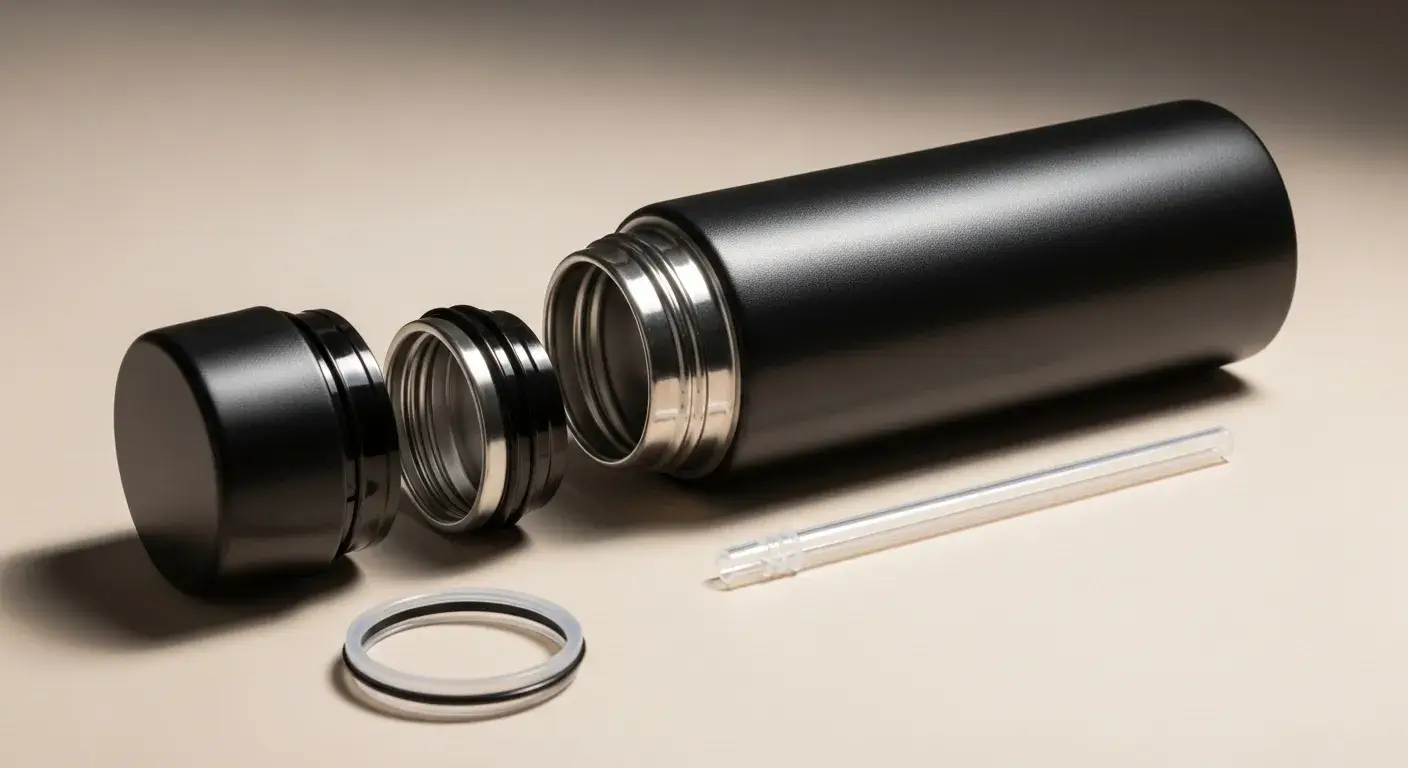
Parts to Check
- Inner lid lining
- Rubber or silicone seals
- Attached straws or caps3
Choose products labeled "BPA-free" for the entire bottle, not just the body.
Can plastic components on stainless steel bottles contain BPA?
Yes—and that’s where the risk comes in.
If plastic parts aren’t explicitly BPA free, they could contain polycarbonate or epoxy-based materials that leach BPA.
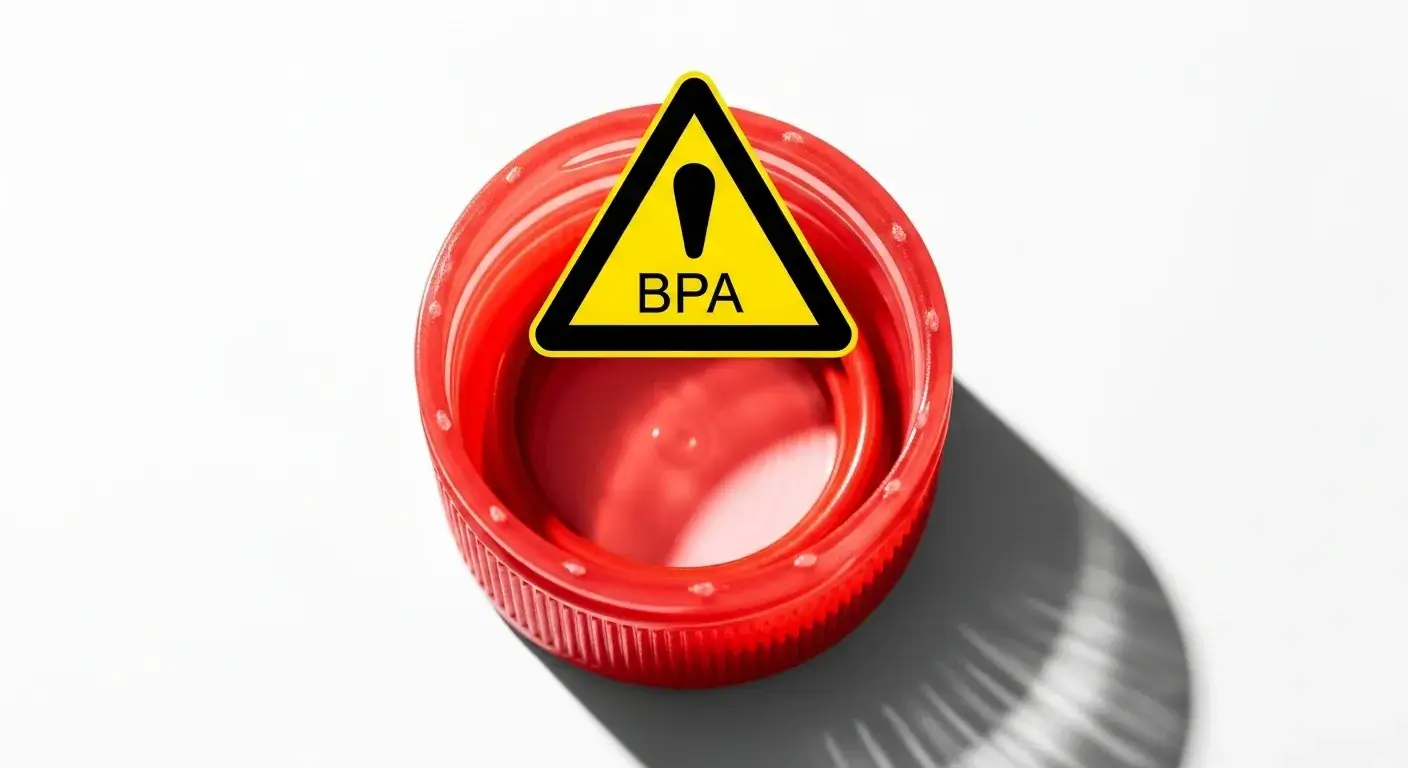
Always read the fine print or contact the manufacturer4 for confirmation.
How can consumers ensure their stainless steel bottles are truly BPA free?
Be selective and look closely.
Check for BPA-free labels on the packaging, FDA compliance, and third-party safety certifications. Avoid bottles with unknown plastics or interior linings.
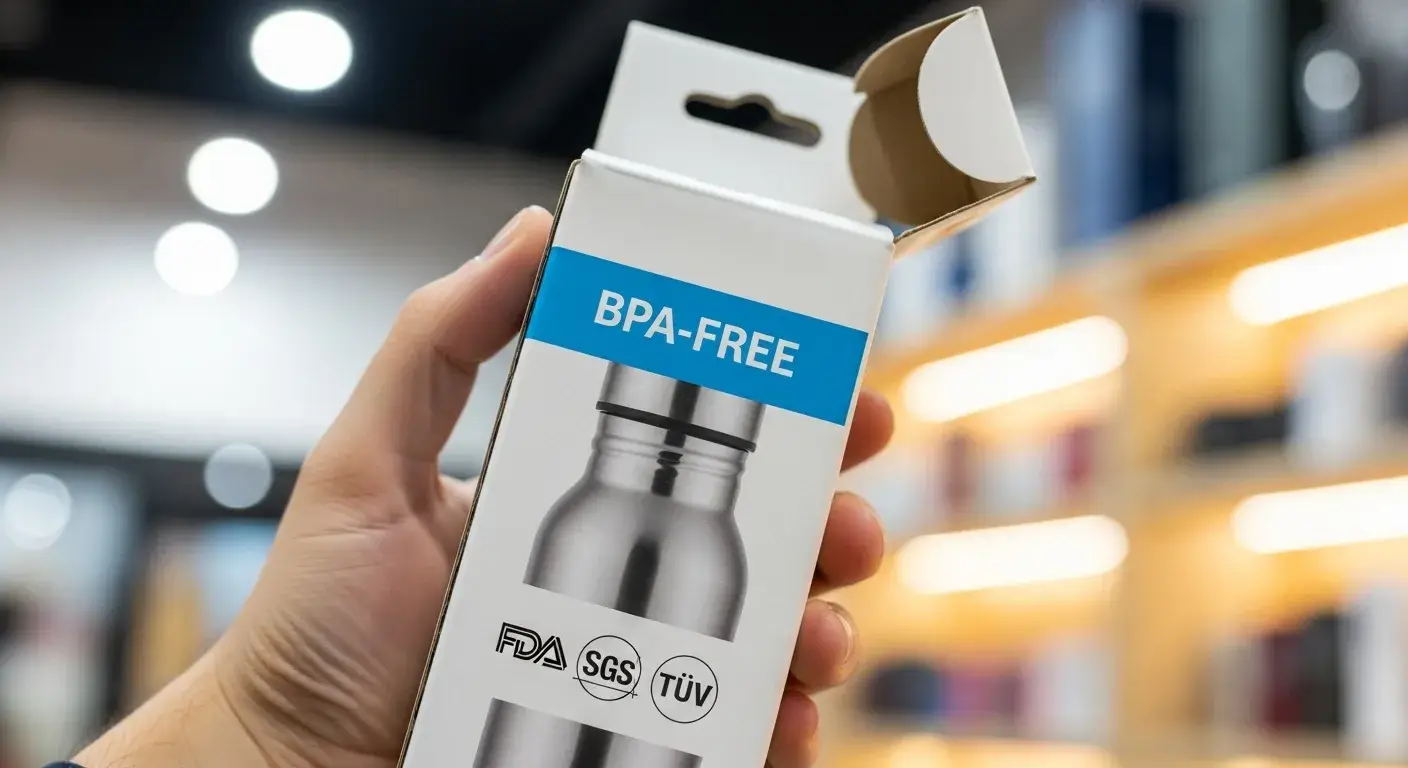
What to Look For
- BPA-free icon or statement
- Unlined interior (bare stainless steel)5
- Trusted brand transparency
- Certifications from SGS, FDA, or TÜV
What are the health risks associated with BPA exposure?
The science is still evolving—but the risks are real.
BPA mimics estrogen in the body, affecting hormone balance. It’s been linked to reproductive issues, behavioral problems in kids, and chronic diseases.
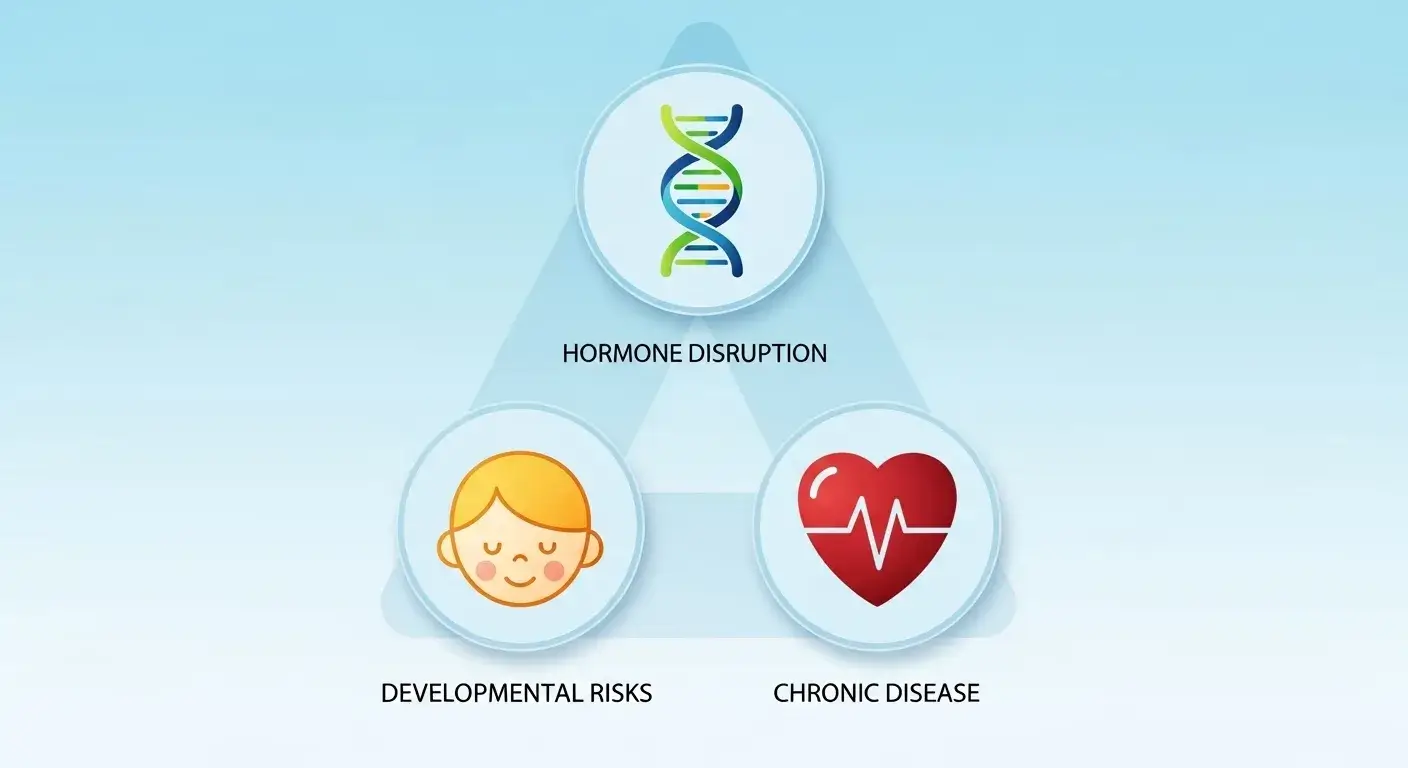
The National Institute of Environmental Health Sciences6 warns of long-term exposure effects even at low doses.
How does stainless steel compare to plastic in terms of chemical safety?
It’s a much safer choice.
Unlike plastics, stainless steel does not leach chemicals—even when exposed to heat, sunlight, or acidic drinks.
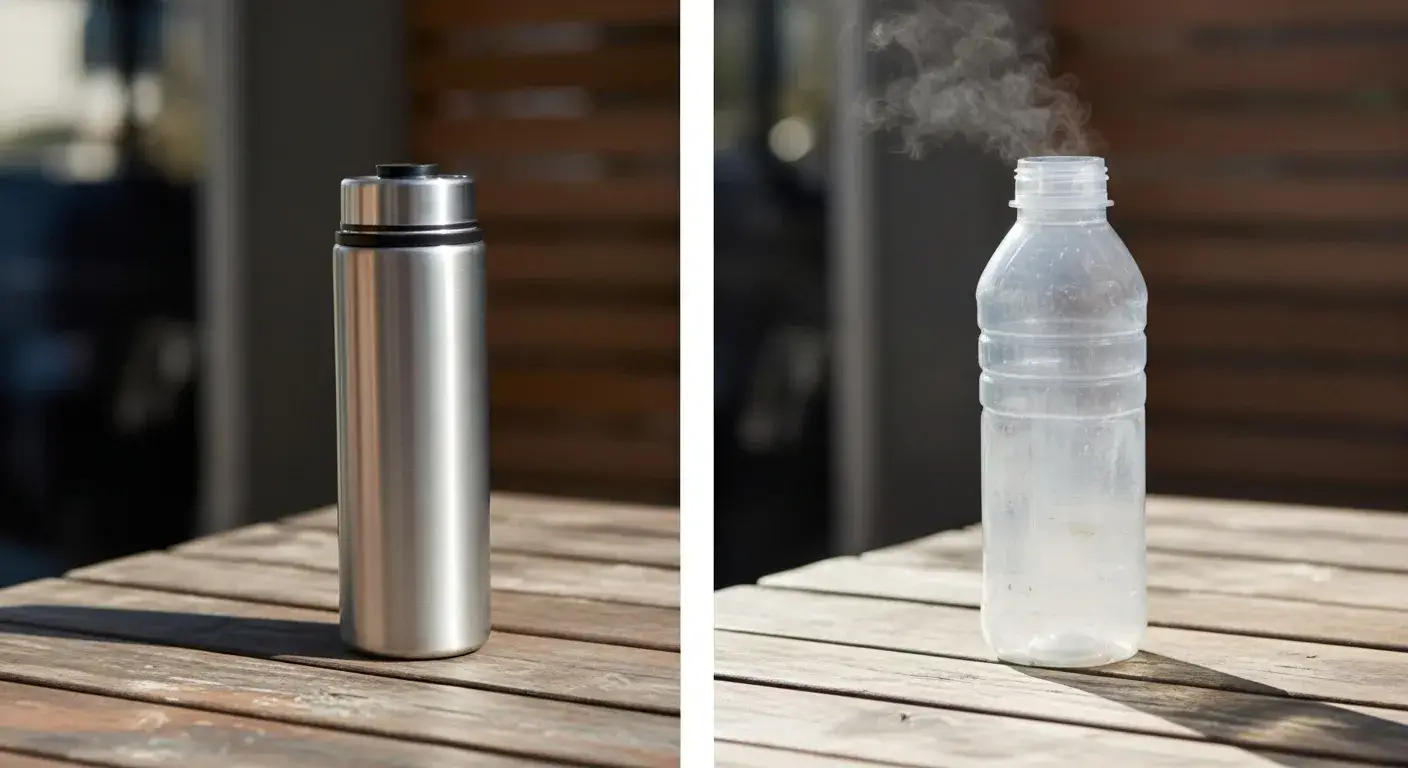
This makes it ideal for health-conscious consumers7 and long-term use.
Are there any coatings or linings on stainless steel bottles that might contain BPA?
Yes, but they’re becoming less common.
Some older or cheaper bottles have epoxy linings that may contain BPA. Modern brands often use uncoated interiors or BPA-free liners.
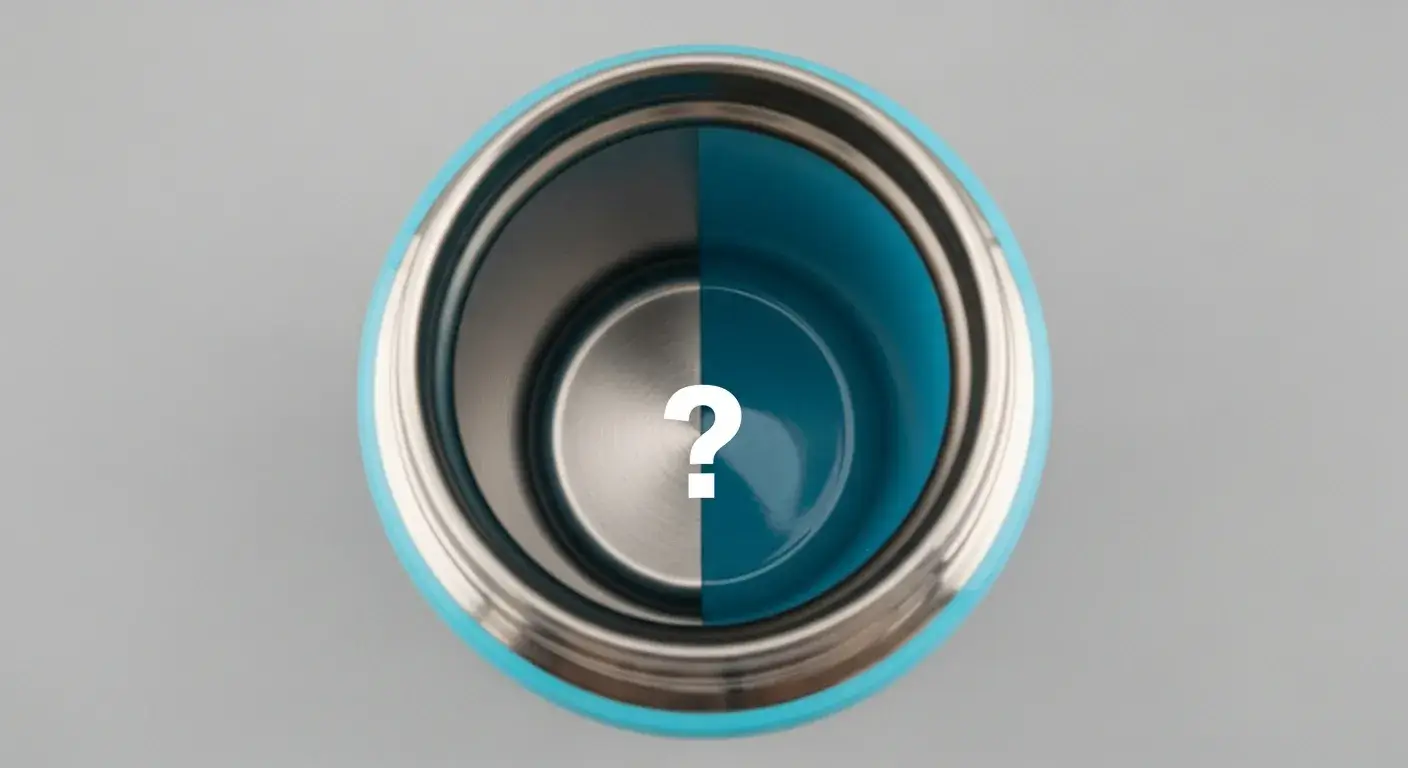
Always verify if your bottle uses a liner8—and if so, confirm it’s BPA free.
What certifications or labels should I look for when buying BPA-free stainless steel bottles?
Labels tell the story.
Look for BPA-free logos, FDA compliance, and certifications from SGS, TÜV, or NSF that confirm product safety.
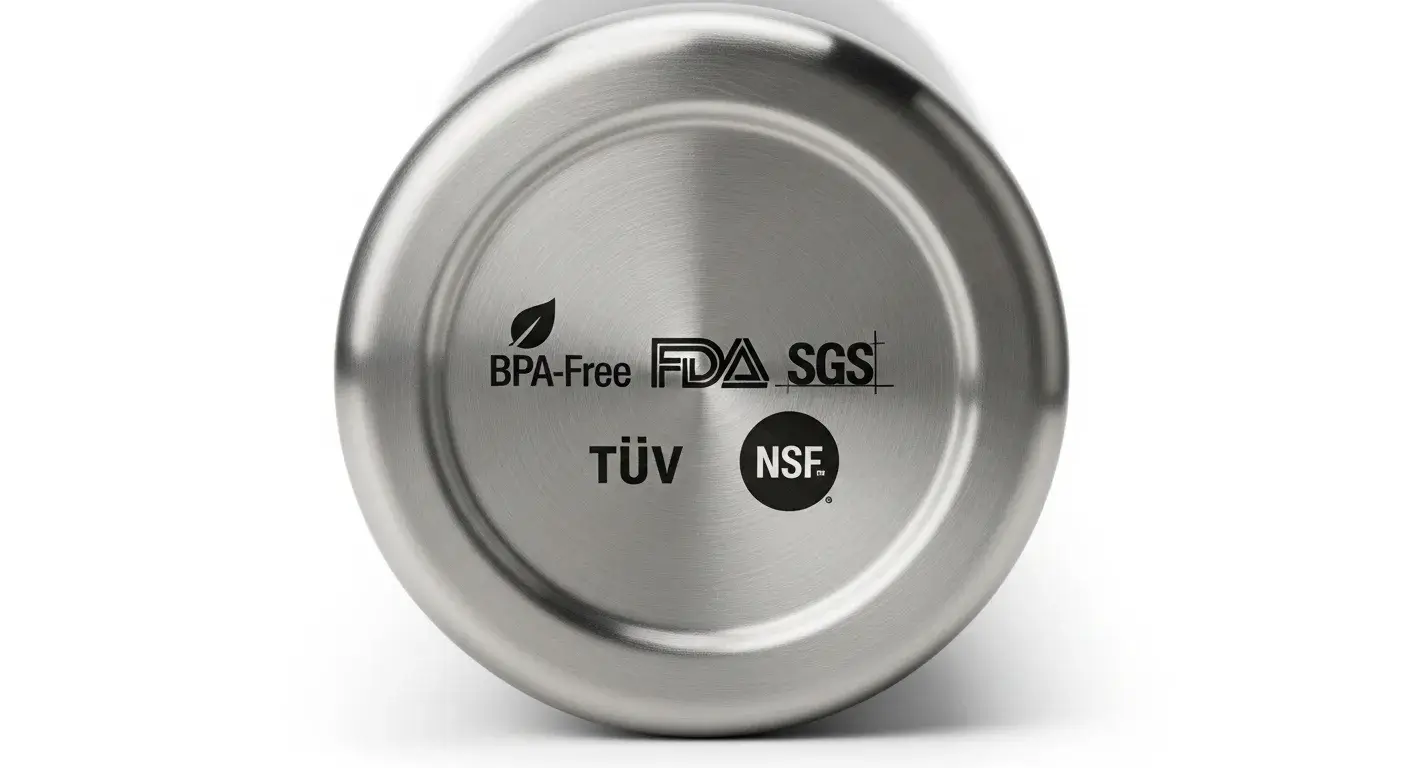
Avoid generic or off-brand bottles without clear documentation9.
Why is stainless steel considered a safer alternative to plastic bottles?
It checks all the boxes.
Stainless steel is BPA free, non-toxic, corrosion-resistant, and does not degrade over time. It’s safe for daily hydration and long-term use.
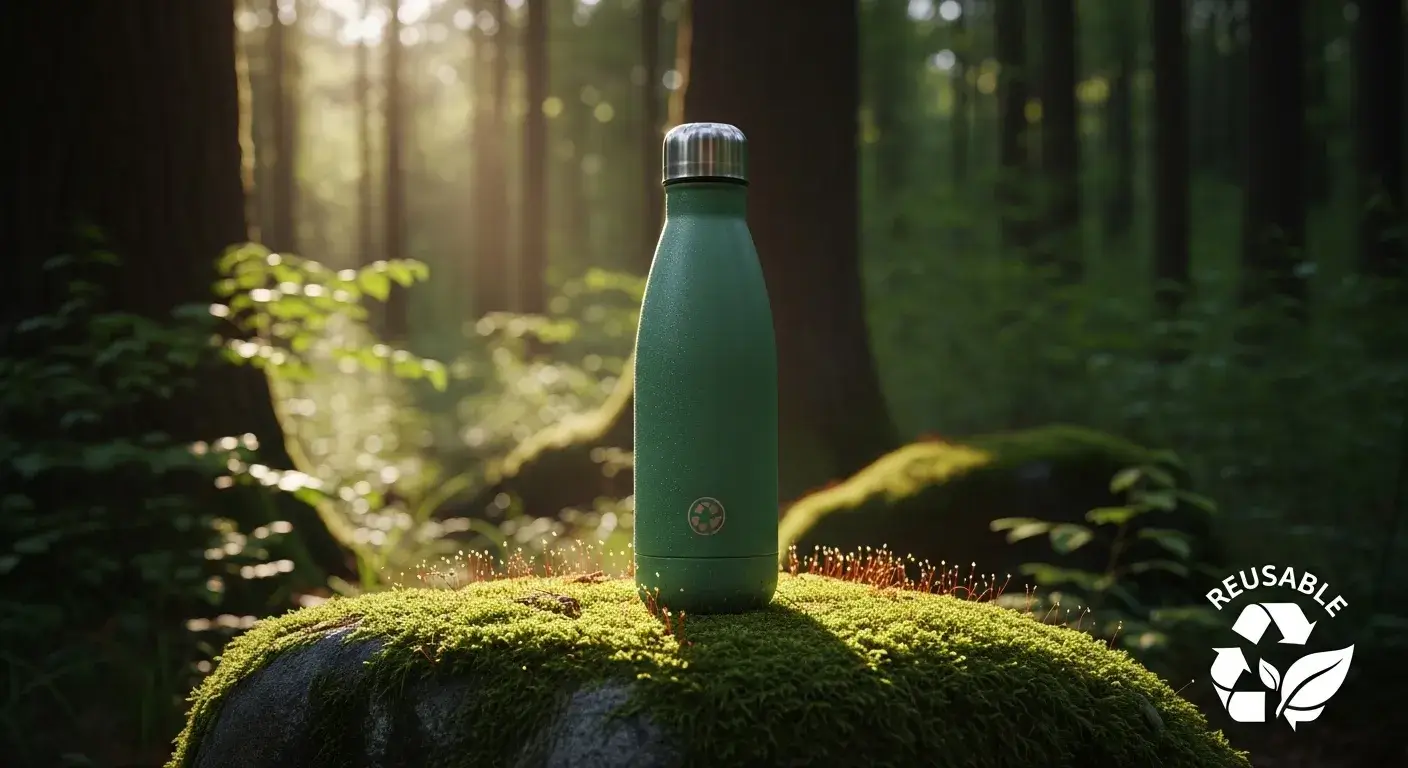
Plus, it’s reusable and eco-friendly10—helping reduce plastic waste and protect your health.
Conclusion
Stainless steel is naturally BPA free—but double-check bottle lids and liners to ensure the whole product is safe and certified.
FAQs
Do all stainless steel water bottles contain BPA-free lids?
No. Check the packaging or contact the brand to be sure.
Is it safe to drink hot liquids from a stainless steel bottle?
Yes. Stainless steel handles heat safely and doesn’t release toxins.
What grade of stainless steel is best for water bottles?
18/8 (also known as 304) is food-safe and corrosion-resistant.
Can I tell if my bottle has a BPA lining?
If the interior looks plastic-coated or has a strange smell, contact the manufacturer.
Is BPA only in plastic?
Yes. BPA is a synthetic chemical used in certain plastics and resins, not metals.
Footnotes:
-
Research suggests BPA may increase risk of chronic diseases like diabetes and heart conditions ↩
-
Food-grade stainless steel is widely recognized as safe for contact with beverages ↩
-
Straws and caps are often made from plastics that may contain BPA unless labeled otherwise ↩
-
Contacting the brand is the best way to confirm BPA-free status of all components ↩
-
A bare stainless steel interior is a good indicator of BPA-free construction ↩
-
NIEHS cautions against BPA due to hormone-disrupting effects, even at low levels ↩
-
Stainless steel’s non-reactive nature makes it ideal for safe hydration ↩
-
Older or low-cost bottles may still use BPA-based epoxy liners ↩
-
Products lacking safety documentation may pose unnecessary risk ↩
-
Stainless steel bottles reduce environmental impact by cutting down on single-use plastic ↩

